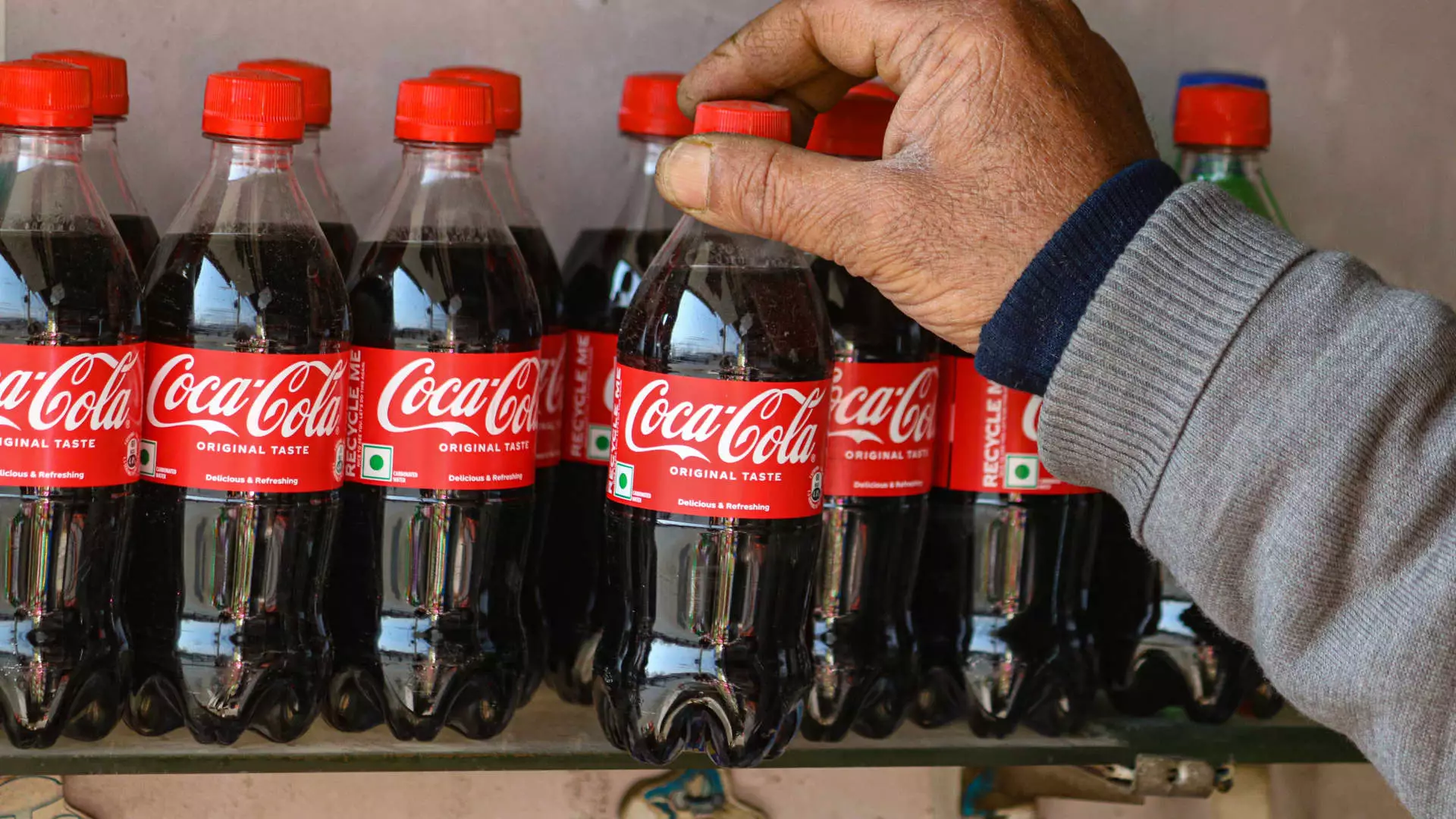The landscape of consumer goods packaging is continuously evolving, and industry giants like Coca-Cola must adapt to not only consumer demands but also global economic changes. Recently, CEO James Quincey indicated that the company may redirect some of its packaging resources from aluminum to plastic bottles. This strategic shift is primarily influenced by new tariffs imposed by the Trump administration, which greatly increase the cost of aluminum imports, targeting primarily U.S. economic competitors like China. Such moves put pressure on companies that rely significantly on aluminum for their products, provoking important discussions regarding sustainability, consumer behavior, and corporate responsibility.
The decision to transition from aluminum to plastic is not merely a casual choice made by Coca-Cola; it reflects a defensive strategy against rising production costs. The 25% tariff on aluminum and steel imports, which was raised from a previous 10%, has the potential to disrupt the cost structure of beverage packaging. Quincey’s remarks during the company’s earnings call were an attempt to demonstrate that the impacts of these tariffs on Coca-Cola’s operations will be manageable. He emphasized that while aluminum prices may rise, the company’s diverse packaging options—including plastic alternatives—will facilitate stability in their market competitiveness.
However, one must contemplate the long-term implications of favoring PET bottles over aluminum. While the immediate financial strain may be alleviated, the broader question of environmental stewardship remains. Coca-Cola has long faced scrutiny over its single-use plastic contributions, as evidenced by its repeated recognition by Greenpeace as the world’s leading polluter. Transitioning to plastic may bolster short-term economic resilience but could potentially worsen the company’s already struggling environmental reputation.
Though Pettit is lighter and generally cheaper than aluminum, its recycling rates are significantly lower, as highlighted by environmental data. In 2018, only 29.1% of PET bottles were recycled, compared to 50.4% for aluminum cans. This statistic offers a stark reminder of the persistent challenges within PET recycling infrastructures. Coca-Cola’s shift to more plastic packaging could exacerbate landfill issues, undermining some of its efforts to enhance sustainability.
In an era where consumers are increasingly conscious of their environmental impact, Coca-Cola’s decisions to pivot towards PET could create a public relations dilemma. It could be perceived as prioritizing short-term profitability over ecological responsibility. Talk of incorporating more recycled contents into packaging may signal a willingness to address these concerns, but the company’s recent revision of its sustainability goals seems to indicate a step back from more rigorous commitments. The adjusted target to use 35% to 40% recycled content by 2035—down from an ambitious 50% by 2030—paints a troubling picture of corporate priorities.
While the immediate shift in packaging from aluminum to PET is a money-oriented strategy, Coca-Cola concurrently has the opportunity to explore other avenues to mitigate tariff impacts. Quincey suggested sourcing domestic aluminum and potentially raising prices for consumers as additional countermeasures. This multifaceted approach indicates that the company acknowledges the gravity of the situation while looking for diversified solutions that encompass both economic and environmental considerations.
Moreover, Coca-Cola can use this juncture to innovate in both packaging and sustainability. For instance, increased investment in biodegradable materials or enhanced recycling programs could improve their public image, presenting the company as a proactive player in the fight against plastic pollution.
Ultimately, the effective management of packaging materials amid changing economic policies will require Coca-Cola to strike a balance between immediate economic pressures and long-term sustainability goals. While the shift from aluminum to plastic may seem a sensible economic decision in the wake of tariff increases, it raises pertinent questions about environmental accountability and consumer trust. The road ahead will demand transparency and commitment, compelling Coca-Cola to not merely pivot for profit but to lead with a vision that respects both the planet and the consumer. As the company navigates this transition, it must be vigilant in cultivating a narrative that emphasizes responsibility—one that champions sustainability over convenience.

